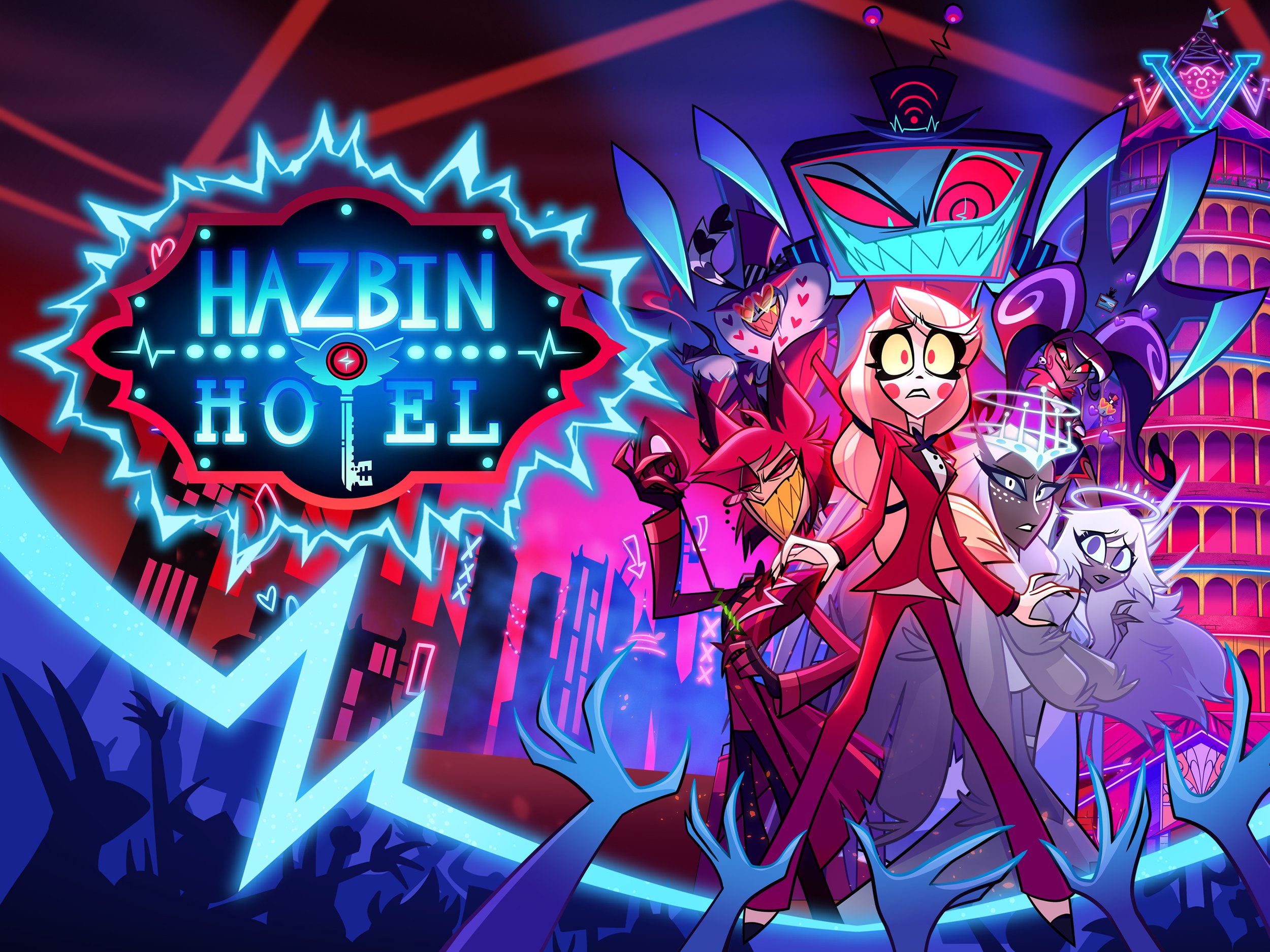The Accidental Messiah of ESO: Sleeps-On-Bridges and the Life of Brian Effect
In the videogame The Elder Scrolls Online, a player known as Sleeps-On-Bridges has become an unlikely legend. His nightly ritual is simple: log in, find a bridge in the city of Alinor, and lie down face-first, motionless. He does not fight, trade, or speak. He just sleeps.
Yet this simple act has drawn a nightly crowd of admirers. Dozens of players gather to lie beside him, play music, and celebrate his stillness. They formed a guild called the Bridge Sleeper Tribe and even inspired the developers to add in-game Easter eggs honoring him. PC Gamer called it a “wholesome cult.”
It is tempting to laugh at the absurdity of it, but the phenomenon reveals something deeply human. Like Monty Python’s Life of Brian, it shows how easily people construct meaning, ritual, and even reverence around accidental figures. Both stories — one fictional, one real — explore the psychology of devotion. They remind us that humans will find something to believe in, even when that something is a joke.
The Accidental Messiah
In Life of Brian, the title character is born next door to Jesus and mistaken for the Messiah. He tries again and again to dissuade his followers, but each denial only makes them love him more. When he shouts, “You’ve got to think for yourselves!”, the crowd obediently repeats, “Yes, we’ve got to think for ourselves!” The humor comes from the paradox: the more Brian resists leadership, the more his followers project holiness onto him.
Sleeps-On-Bridges occupies a similar role in the digital age. He never asked to be followed. He created his character as a prank, a playful nod to the Argonian naming tradition, where names like Watches-the-Roots or Walks-in-Shadow are common. He thought “Sleeps-On-Bridges” would be a funny throwaway. But once he started doing exactly that, night after night, other players noticed.
At first, they stopped to watch. Then they began lying beside him, copying his pose. Someone started playing a lute. Another answered with a flute. Soon dozens of players gathered to “honor” the sleeping Argonian. What began as a silly moment became a nightly ritual, and what began as a joke became myth.
Like Brian, Sleeps became a symbol through misinterpretation and repetition. He did nothing to encourage the devotion, yet the very act of doing nothing gave others space to project meaning onto him.
Meaning Through Projection
The parallel between Sleeps and Brian lies in a psychological mechanism called projection. Humans have an innate tendency to assign intent and depth to ambiguous behavior. When someone remains silent or acts mysteriously, others imagine purpose where there may be none.
In Life of Brian, the followers interpret every accident as a miracle. In ESO, players interpret Sleeps’ passivity as performance art, meditation, or quiet wisdom. In both cases, the audience writes the story. The leader becomes a blank canvas onto which others paint their desires.
Social psychologists sometimes refer to this as the Rorschach leader effect — a figure who gains influence not by asserting authority, but by allowing others to project their own narratives onto them. Charisma arises from the vacuum of intent. The quieter the figure, the louder the meaning others hear.
Sleeps-On-Bridges exemplifies this perfectly. He is charismatic not because of what he does, but because of what he does not do. His passivity is magnetic in a world of noise and activity. His silence invites interpretation, and that interpretation gives rise to community.
Ritual From Chaos
In Life of Brian, followers begin to codify meaningless events into sacred rituals. When Brian drops a gourd, one group declares it a holy relic. When he loses a sandal, another insists that all true believers must carry one shoe.
This descent into dogma mirrors what psychologists call ritualization — the process by which repeated, emotionally charged behaviors become formalized into tradition. Rituals, even absurd ones, create predictability, belonging, and meaning.
The Bridge Sleepers follow a similar pattern, but without the irony. They gather at the same place each night, perform the same gestures, and share the same jokes. They have their own relics — screenshots, recordings, fan art — and their own liturgies of laughter. They know the “sacred time” to gather: when Sleeps logs on and takes his spot.
Ritual behavior fulfills a social function. It strengthens group identity and synchronizes emotion. It also creates a liminal space, separate from ordinary play. On the bridge, players are not warriors or traders; they are participants in a communal act of absurd devotion.
What is remarkable is that all of this emerged organically, without any command or coordination. It is the same spontaneous order that transforms Brian’s crowd into worshippers, but without the aggression or misunderstanding. The Bridge Sleepers turn chaos into connection, not fanaticism.
The Comfort of Conformity
In both stories, the power of the crowd lies in imitation. In Life of Brian, each person looks to others for cues, unsure of what to believe, and conformity creates conviction. In ESO, imitation takes a literal form: players lie down in the same pose as Sleeps-On-Bridges.
This behavior reflects social identity theory. People define themselves partly through the groups they belong to. By copying the posture of others, individuals signal membership in the group and experience a sense of unity.
The imitation also reduces anxiety. In uncertain situations, humans take comfort in collective action. When everyone is doing the same thing — even sleeping on a bridge — the world feels more coherent. Psychologists call this normative conformity, and it can be both destructive and healing. In Brian’s world, it leads to blind devotion. In Sleeps’ world, it leads to laughter and belonging.
The difference lies in tone and context. The Bridge Sleepers know it is a joke. Their conformity is playful and self-aware. They find joy in performing devotion without believing in it. It is, in a sense, faith without dogma.
Humor as a Safety Valve
Humor is what turns the potential for fanaticism into friendship. In Life of Brian, humor exposes the absurdity of blind faith. In The Elder Scrolls Online, humor prevents the absurd from becoming blind faith.
The Bridge Sleepers’ gatherings are full of laughter, music, and irony. They are devotional, but self-parodying. That tone of play keeps the experience safe. Psychologically, humor acts as a benign violation — it allows people to approach the emotional intensity of ritual without fear or seriousness.
By laughing at their own behavior, the Bridge Sleepers maintain perspective. They experience the bonding power of ritual without the risks of fanaticism. It is the same impulse that makes Life of Brian both funny and moving: the recognition that devotion and absurdity are often indistinguishable.
The Sacred Made Ridiculous, and the Ridiculous Made Sacred
Both Life of Brian and the story of Sleeps-On-Bridges reveal the same paradox. The sacred and the ridiculous are made of the same psychological material. It is only context that separates worship from comedy.
In Monty Python’s world, the sacred collapses into absurdity. In Elder Scrolls Online, absurdity blossoms into something sacred. The bridge has become a digital shrine, a place where players return not for loot or status but for community. Their laughter has consecrated the space.
Both cases show that sacredness is a human creation. It arises when people gather, repeat, and believe together. A sandal, a gourd, or a sleeping Argonian can become holy if enough people agree to treat it that way.
Simply Put: The Need for Meaning
The enduring lesson of both Life of Brian and Sleeps-On-Bridges is that people crave meaning and connection, even in the most trivial contexts. They will build myth and ritual around anything that lets them feel part of something larger.
In one story, that impulse leads to absurd tragedy. In the other, it leads to warmth and laughter. But both emerge from the same human core: the social brain’s desire for belonging, coherence, and shared emotion.
If Life of Brian was a satire of humanity’s hunger for belief, Sleeps-On-Bridges is its gentle redemption. The followers of Sleeps know the joke; they choose it anyway. They turn irony into empathy and parody into play. They demonstrate that ritual and reverence can exist without dogma or manipulation.
Perhaps that is why Sleeps-On-Bridges resonates so deeply. He represents a kind of digital enlightenment: a reminder that we can create meaning through laughter, not fear. His cult is a celebration of community in its purest form — devotion without delusion, faith without fanaticism, joy without consequence.
In the end, Life of Brian ends on a cross, with the tragic humor of misunderstanding. Sleeps-On-Bridges ends on a bridge, surrounded by laughter and music. Both are absurd, both are human, and both remind us that the line between religion and play is as thin as a bridge rail — and that sometimes, lying down together and doing nothing can be the most meaningful act of all.
References and Sources:
How ESO's laziest player accidentally started a wholesome cult | PC Gamer
Émile Durkheim, The Elementary Forms of Religious Life: Ritual and collective effervescence.
Victor Turner, The Ritual Process
Tajfel & Turner (1979). Social Identity Theory.
Monty Python's Life of Brian - Wikipedia








